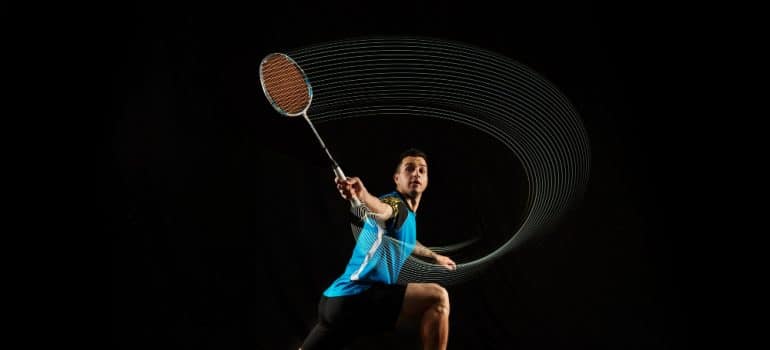What’s the Difference Between a Badminton Racquet, Badminton Racket and Badminton Bat?
Badminton Racket vs Racquet vs Bat – The Terminology Explained
If you’ve ever stepped foot on a badminton court in Truganina or anywhere else, you’ve probably heard the equipment referred to by a variety of names – racket, racquet, maybe even bat. But what exactly are the differences between these terms? Let’s serve up some clarity!
Racket or Racquet – Two Sides of the Same Shuttlecock
Despite the slight spelling variation, the terms “racket” and “racquet” essentially mean the same thing when it comes to badminton equipment. They both refer to that elongated implement with a strings strung area used to strike the shuttlecock over the net.
So whether you call it a badminton racket or a badminton racquet, you’re technically correct. The terminology tends to be more a matter of personal or regional preference rather than any defined distinction.
For example, in North America it’s more common to hear “racquet”, while in other parts of the world like Europe and Asia, “racket” prevails as the go-to term. But don’t worry, badminton players on both sides of the pond (or any other local badminton court in Truganina) know exactly what you mean.
The Misunderstood Badminton “Bat”
Now here’s where things can get a little confusing – the term “badminton bat.” You’ve probably heard it used before, even by some seasonedshuttlers out on the court. But is it actually an acceptable way to refer to badminton equipment?
The simple answer? Not really. Calling a badminton racket or racquet a “bat” is technically an incorrect use of the terminology. Bats are typically associated with sports like baseball, cricket and table tennis – games where you strike or hit a ball with a club-like implement.
A badminton racket has strings that allow you to put spin and control on the shuttlecock in a way you simply can’t with a bat. So while casual use of “bat” may occasionally slip out, it’s not an accurate term in the badminton world.
The Superior Choice – Badminton Rackets/Racquets
At the end of the shuttlecock’s flight, the proper badminton terminology comes down to racket or racquet. Both are perfectly valid terms that refer to that vital piece of equipment composed of a handle, shaft, and strung striking area.
When selecting your racket (or racquet if you prefer!), the most important factor is finding one suited to your playing style and ability level. An improperly weighted or balanced racket can really throw off your game.
That’s why top badminton suppliers offer a wide variety of racket models and conduct analysis to match you with the perfect one. With the right racket in hand, you’ll be smashing shots with confidence at any local badminton court in Truganina.
The Final Rally
While bat, racket and racquet may seem interchangeable to some, there are subtle differences in how they apply to the game of badminton. Bat is a misnomer, while racket and racquet are two alternate spellings referring to the same piece of vital shuttlecock-striking equipment.
No matter which term you prefer, the most important thing is selecting a high-quality badminton racket (or racquet!) suited to your skills. With the proper racket, you’ll be ready to dominate any opponent waiting for you out on the badminton court in Truganina or beyond!





